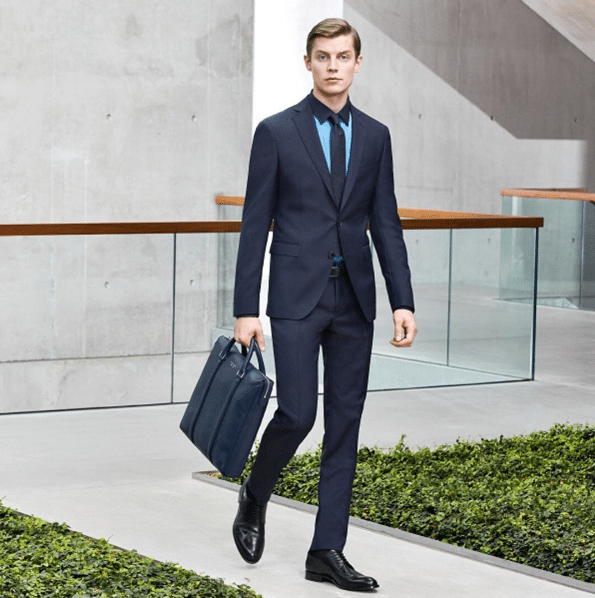Why are there so many different types of trouser hems
When clients come in to have their trousers shortened, they often get asked, what kind of finish they would like on the trousers. Pants are pants, isn’t there just one type of hem? Actually, a simple pair of trousers can have numerous styles of finishing. Work trousers, jeans, tux trousers, gym pants, they can all be finished differently, using different sewing machines. Here, I break down the different types of hem finishes that are possible, and when you need which.

Blind hem
The blind hem is the standard finish on most trousers. The hem is finished with a invisible stitch, with a 5cm allowance on the inside of the hem. A well-tailored pair of trousers should sit perfectly smooth on the outside of the fabric, with no pulling or stitching showing through. Be careful not to put trousers straight in the washing machine, as hem of the trousers can unravel easily if not properly cared for.
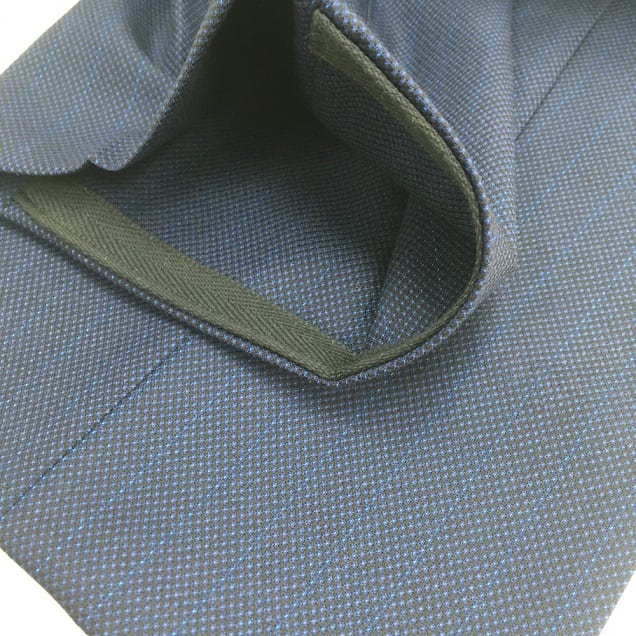
Blind hem half tape
A half tape is a piece of cotton ribbon, wrapped around the inside edge of the hem, on the back half of the trousers. This is used traditionally to protect the trousers from rubbing against your shoe, and thereby protecting the fabric. The cotton tape is only sewn on one of its sides, and the ends tucked into the side seams, giving it a very tidy and sophisticated look.
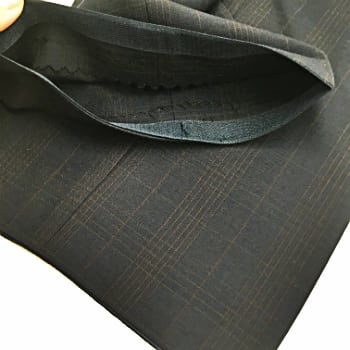
Blind hem full tape
The most common tape is the polyester tape, and it goes all the way around the hem. Not only does the added material provide protection against the fabric rubbing against the shoe, it also helps provide extra weight, thereby giving the trousers a more structured look around the hem. Some brands have the tape fully hidden, sometimes 1-2cm above the hem, while others are placed at the edge. It is a signature look for Hugo Boss trousers to have a full tape just past the edge of the fold, peeking out from the hem of the trousers.
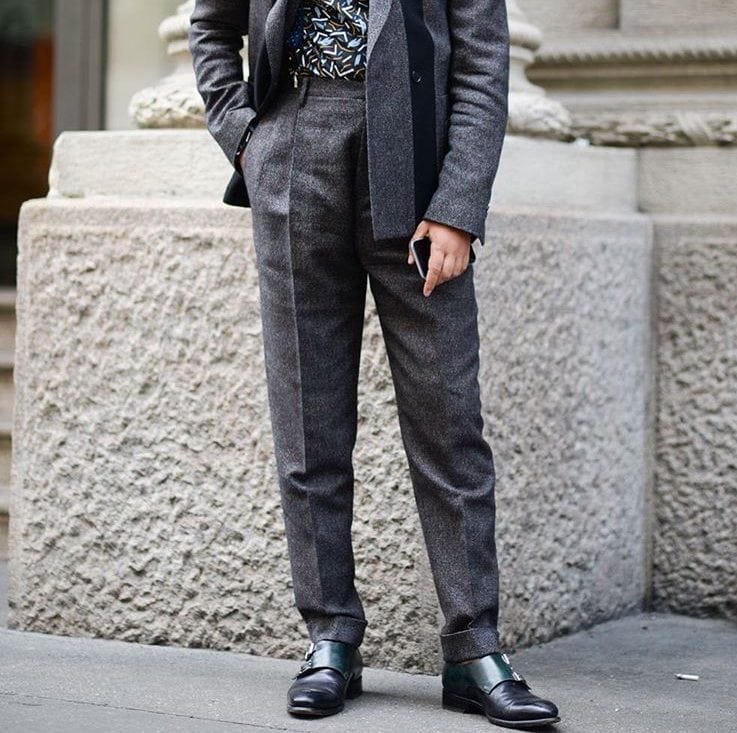
Cuffs
The cuffs on trousers add a degree of sophistication to an otherwise plain look. It is very common on old fashioned suits, but is coming back into fashion in 2017. Varying between 3.5cm to 5cm, the width of the cuff need to be matched with different lengths of trousers. A small 3.5cm cuff is suitable for a wide hem, and the length of trousers is at full length. 5cm cuffs are perfect for slimmer legs, and the length shortened to just below the ankles, so there is no fabric breaking.
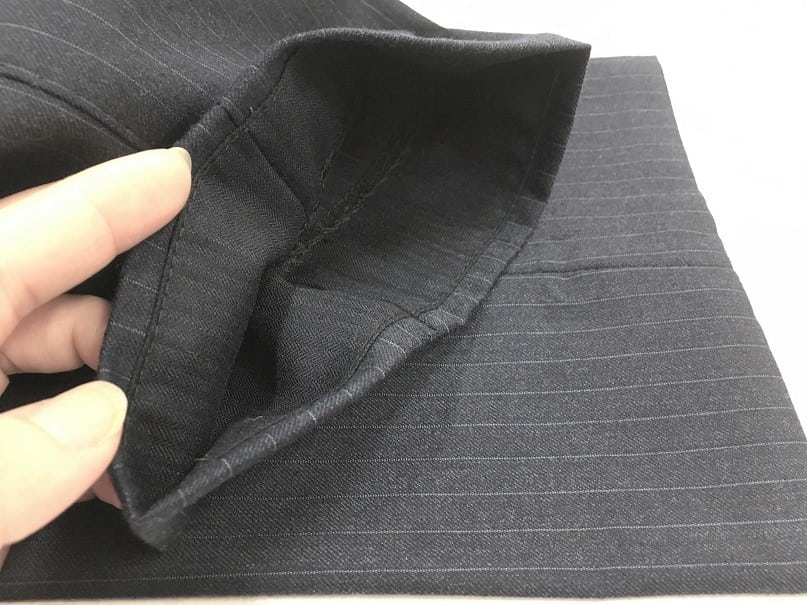
False Hem
If you are a tall man, you will often hear us use the term, false hem. This is when you buy a pair of trousers, but it is too short for you. To make the trousers longer, we will use the fabric allowance on the inside of the hem, then add another piece of fabric on the inside, so there is still a 5cm allowance on the inside of the trousers. This fabric is required so there is enough weight on the hem of the trousers to keep a nice shape. If you don’t use a false hem, having only a 1-2cm hem, then the trousers may roll and not sit properly, which looks very untidy.
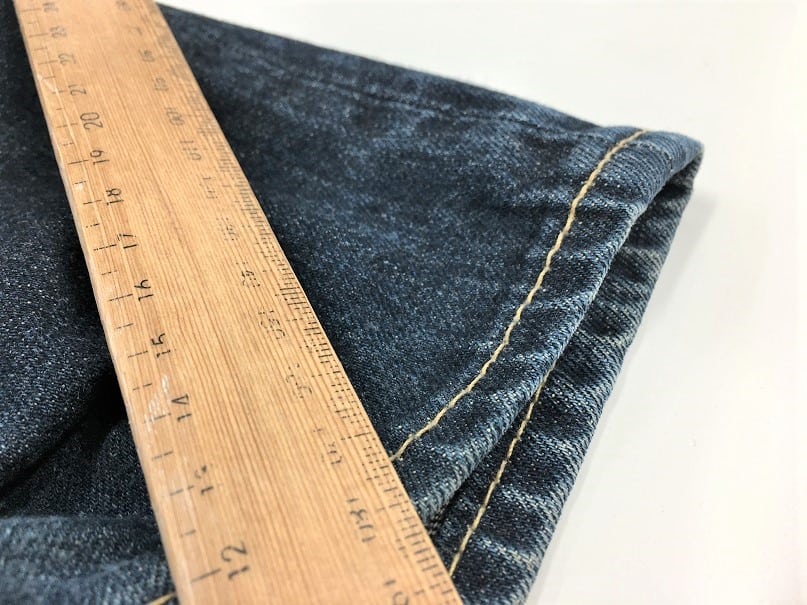
Top Stitch
The visible top stitch is seen on jeans, casual pants and some chinos. The fabric is cut and rolled twice, then sewn down with a plain straight sewer. The finish is one row of tidy visible stitching. Jeans typically has a 1cm hem, and some chinos up to 4cm. The visible top stitching is stronger than a blind hem, and will never unravel.
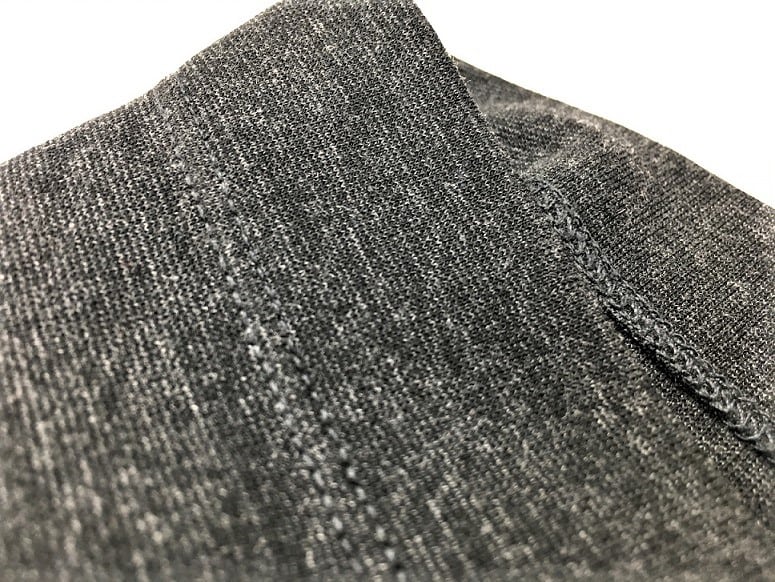
Double Top Stitch
For pants made from a stretch fabric, such as running pants or tracksuit pants, we need to use a special sewing machine, called a cover machine, or double stitch machine. This machine has 4-5 needles, and maintains the stretchability of the fabric after sewing. This is also the same type of stitching seen on the hems of t-shirts. If you use a normal straight machine on this type of fabric, the threads will break as soon as you stretch the fabric.
Conclusion
If you are ever unsure which hem you should have, just ask our friendly staff. It’s better to ask, than risk damaging your precious garment. We will always put back the finish that came from the factory, unless otherwise specified, unless if we can provide a better outcome to make the garment look better.

